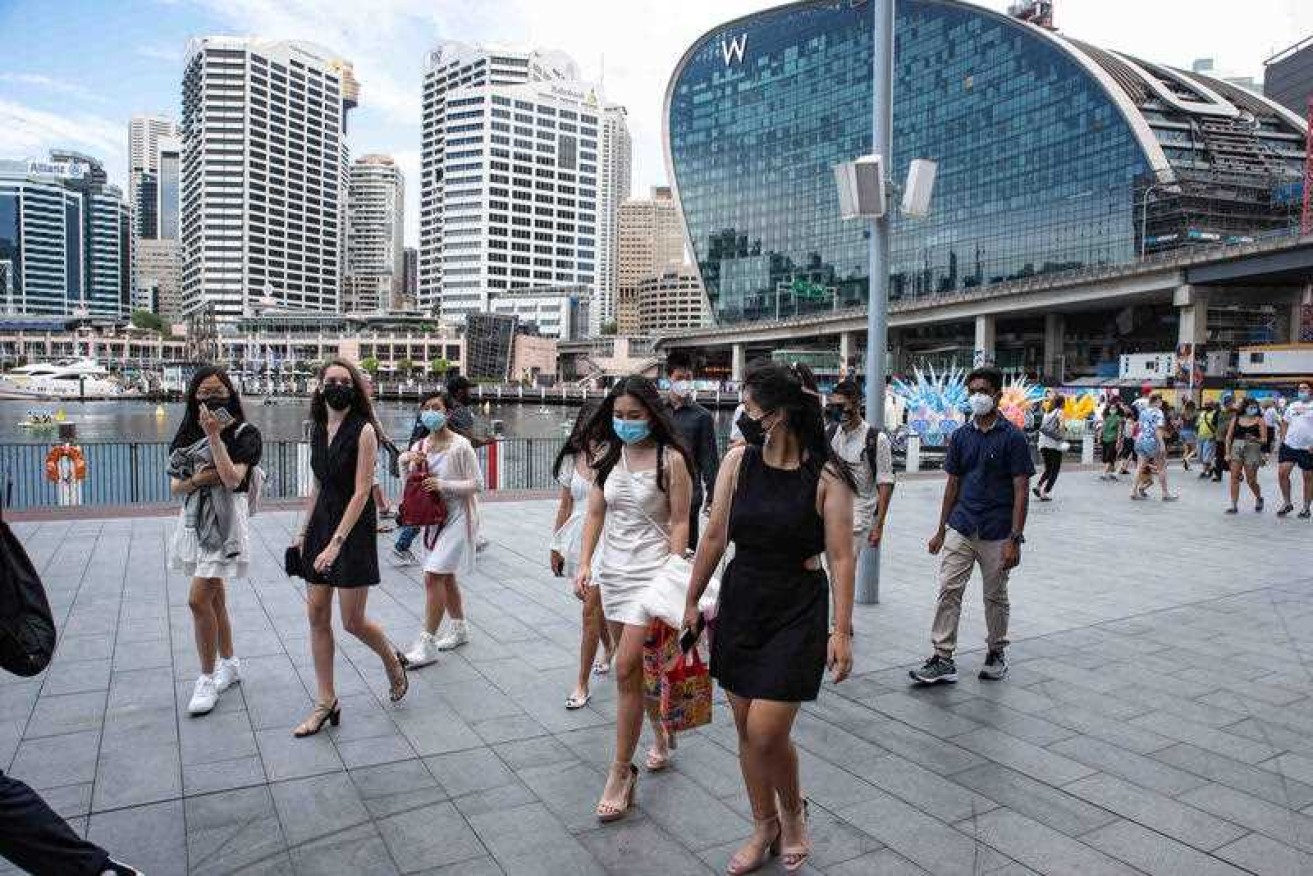Progress stalls on bridging gender pay gap

Latest data from the Workplace Gender Equality Agency shows the pay gap between men and women remains at 22.8 per cent. Photo: AAP
Australian women are earning nearly $26,000 less than their male colleagues as efforts to close the gender pay gap stall.
The latest data released by the Workplace Gender Equality Agency shows the pay gap remains stuck at 22.8 per cent.
This means that for the first time, the gap in the 2021-22 financial year was the same as the year before, with women paid $0.77 for every $1 earned by men.
Seven in 10 employers have pay gaps that favour men while women continue to be under-represented in leadership.
Men more likely to hold managerial positions
The agency’s census found men were more likely to hold managerial positions, even in female-dominated sectors such as healthcare and education.
The number of female chief executives rose from 19.4 per cent in the previous year to 22.3 per cent, and by just five per cent since 2014.
About one in five boards do not have any women members.
Women in other senior levels of management earned almost $100,000 less over the same period.
Only two industries have more women in management than their proportion in the workforce, these include the grouping of transport, postal work and warehousing (26 per cent managers) and mining (21 per cent managers).
Employers should take action
Workplace Gender Equality Agency director Mary Wooldridge said the stalled progress should encourage employers to take action.
“Lasting change requires employers to make bold, creative choices that send a signal to all employees that gender equality is a core part of their business strategy and a priority for those in leadership and managerial roles,” Ms Wooldridge said.
“Leading employers are already putting solutions in place that address challenges like workforce shortages by tailoring factory shifts around school pick-up and drop-off times or promoting flexible hours or part-time work arrangements among managers and executives.”
The tertiary sector has benefited from strong action on pay equality, with concrete efforts to implement flexible work and analyse the factors involved helping to narrow the pay gap significantly.
Boost to female workforce participation
Science in Australia Gender Equity (SAGE) chief executive officer Janin Bredehoeft said a systemic rather than piecemeal approach was key to narrowing the gender pay gap across the broader economy.
“A lot of organisations have had a little change here and there, and some have improved and implemented some policies, such as parental leave, but there does not seem to be a systematic approach,” she said.
Dr Bredehoeft said the Albanese government’s changes to the parental leave scheme would help boost female workforce participation.
“That’s very important and hopefully in the next year we might see a shift,” she said.
-AAP








